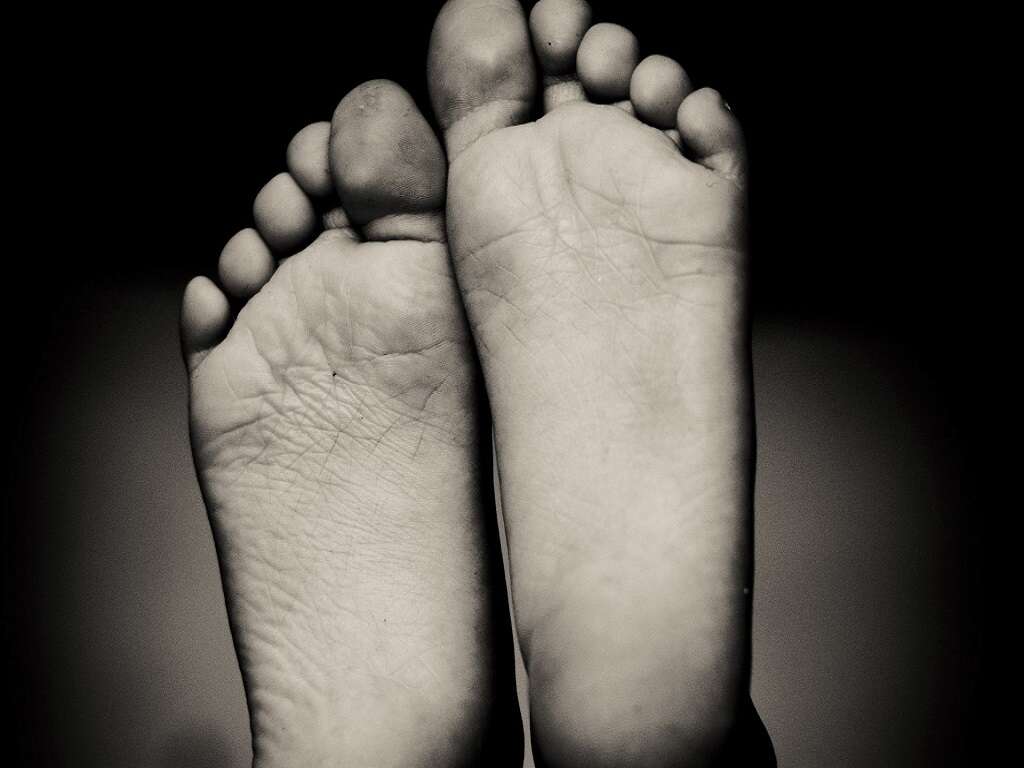What Is Diabetic Neuropathy?
Diabetic neuropathy is a condition where the nerves are damaged due to diabetes mellitus. Neuropathy occurs when there is progressive loss of nerve fiber function. It occurs when there is presence of signs and/or symptoms of peripheral nerve dysfunction in diabetics when other causes are ruled out. Diabetic neuropathy is one of the commonest complications of diabetes and estimated to affect 50% of both type 1 and type 2 diabetes mellitus patients.
Diabetic neuropathy can severely decrease the quality of life in patients as it can cause secondary complications. Diabetic neuropathy occurs as a result of microvascular injury affecting the small blood vessels. Some conditions that may occur in association with diabetic neuropathy are autonomic neuropathy, third, fourth, or sixth cranial nerve palsy, and more.
1. Mechanism
The peripheral neurons can be broadly divided into motor, sensory, and autonomic neurons. When the blood sugar levels are not controlled, the smaller neuron fibers are affected. With continued high blood glucose, the larger fibers also become affected.
While the exact factors that result in the development of diabetic neuropathy have yet to be fully understood, there are multiple hypotheses that have been proposed. Generally, it has been accepted to be due to a multifactorial process. The development of symptoms are thought to be dependent on factors such as high cholesterol levels, total hyperglycemic (high blood sugar) exposure, increased height, smoking, and genetics.
2. Statistics
A large study conducted in the United States found that an estimated 47% of individuals with diabetes were found to have some degree of peripheral neuropathy. A Belgian study involving 4,400 participants found that 7.5% of the participants already had diabetic neuropathy when they were diagnosed with diabetes.
Twenty-five years later, the number of participants with diabetic neuropathy increased to 45%. A study in Beijing reported the prevalence of peripheral neuropathy to be 21.92% in type 1 diabetes and 35.34% in type 2 diabetes. Although there is no racial predilection for diabetic neuropathy, African Americans and Hispanics were observed to have higher rates of secondary complications such as amputations and hospitalizations for neuropathic issues.
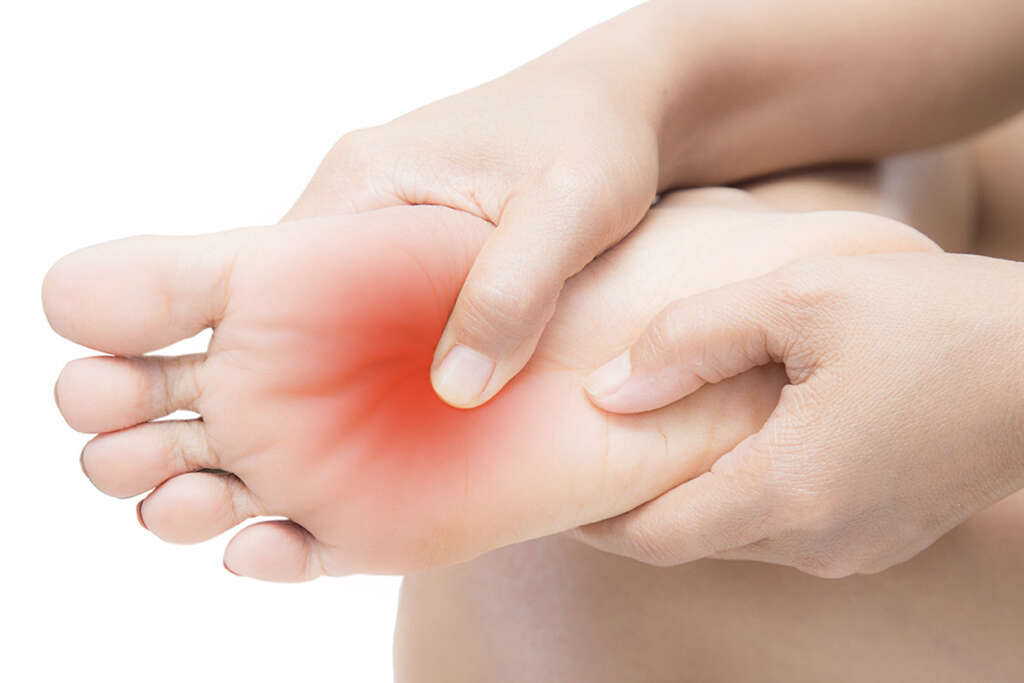
3. Signs and Symptoms
Diabetic neuropathy is a condition that can affect all peripheral nerves. This includes the autonomic nervous system, sensory neurons, and motor neurons. This means it has the potential to affect all organs and systems.
The signs and symptoms in diabetic neuropathy depends on the nerves that are affected and may worsen as the neuropathy progresses. Some signs and symptoms include numbness, tingling, diarrhea, urinary incontinence, impotence, changes in vision, dizziness, issues with balance, muscle weakness, facial drooping, eyelid drooping, impairment of speech, difficulty swallowing, muscle fasciculations, low blood pressure when rising after lying or sitting, nausea, vomiting, and constipation. The pain in diabetic neuropathy ranges from minor discomfort to severe pain that can be described as deep, aching, lightning-like, or burning. There may also be sensitivity to touch (allodynia).
4. Classification and Staging
Diabetic neuropathy can be divided into various different neuropathies. Classification using the Thomas system combines pathophysiology and anatomy. Another classification system divides neuropathies into symmetrical and asymmetrical neuropathies. In symmetrical neuropathies, the nerves are affected symmetrically.
For example, pain and numbness that begins in the toes and ascends in a stocking-like distribution in a symmetrical pattern. Asymmetrical neuropathies are those such as single limb mononeuropathies, carpal tunnel syndrome, and so on. One of the common staging scales of diabetic neuropathy is: N0 (no neuropathy), N1 (signs are present but there are no symptoms of neuropathy), N2a (symptomatic but mild), N2b (severe symptoms), and N3 (disabling).
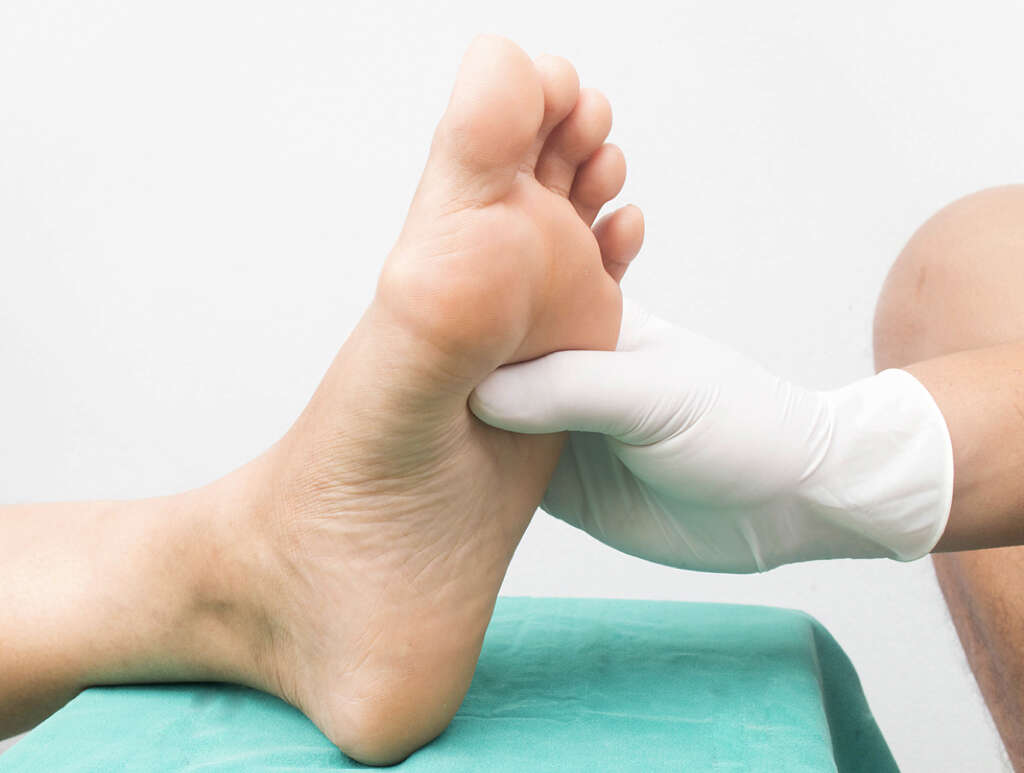
5. Investigations
A physical examination of the patient using a tuning fork and monofilament should be performed. Important screening tests are fasting plasma glucose and hemoglobin A1c. Many recommend using electrophysiologic testing to evaluate diabetic neuropathy.
Some basic laboratory screening tests that may be performed include complete blood count, metabolic panel, thyroid function tests, vitamin B12 levels, folate levels, C-reactive protein, antinuclear antibody, and rheumatoid factor. Electromyography and nerve conduction studies can help assess the characteristics of the neuropathy and localization. Other beneficial investigations include conventional nerve conduction velocity studies and needle electromyography.
6. Imaging and Biopsy
A magnetic resonance imaging (MRI) and computed tomography (CT) scan can be useful to help rule out other issues such as a tumor. When the neuropathy affects nerves in the spinal canal or cranial nerves, CT myelography and brain imaging using MRI can be used to exclude lesions in the spinal canal and brain.
Doppler imaging can be useful in the assessment of skin perfusion. A screening electrocardiography is also recommended for patients who have had diabetes for a long time as it can help detect abnormal innervation in the heart. A nerve biopsy can help to diagnose the severity of the neuropathy. However, it is invasive and can cause numbness, pain, and cold insensitivity. A biopsy is rarely recommended for patients.
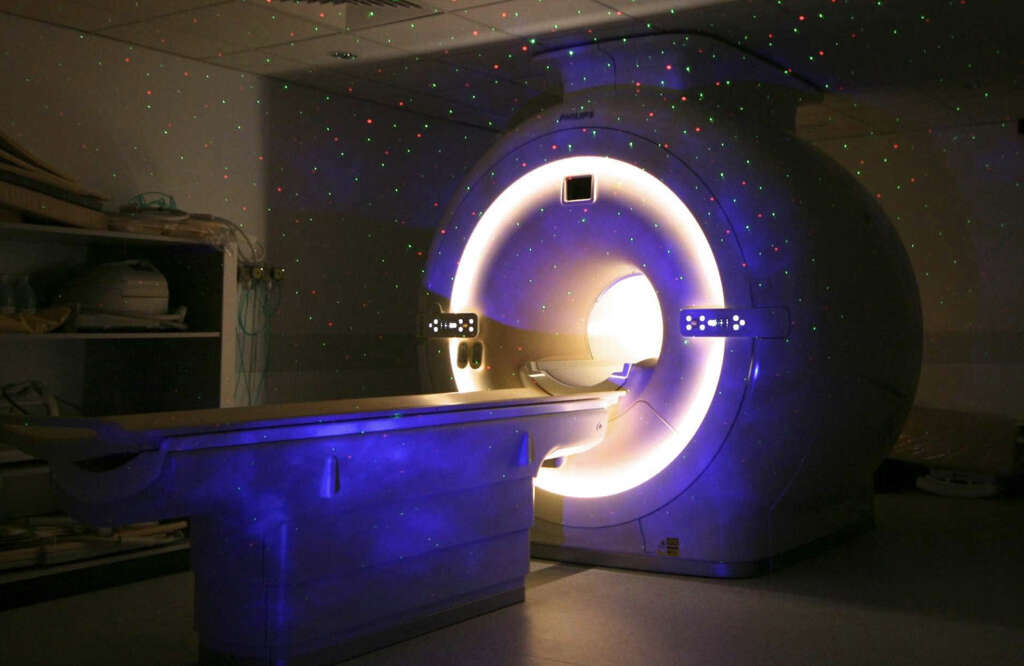
7. Medical Care
Since blood glucose fluctuations have been suggested to trigger and aggravate neuropathic pain, the most important goal is to slow the progression of neuropathy and reduce pain by maintaining tight glycemic control. Antidepressants and anticonvulsant medications can also help alleviate pain.
Based on various guidelines, pregabalin has been proven effective for pain and improving quality of life. Other medications that can be considered include gabapentin, sodium valproate, morphine sulfate, dextromethorphan, oxycodone, and tramadol. Topical application of transdermal lidocaine or capsaicin may also be beneficial. In patients who are pregnant, pain control becomes difficult. It is best controlled through maintenance or normal blood glucose levels and acetaminophen (paracetamol).
8. Surgical Care and Rehabilitation
Surgery is recommended for those with infected foot ulcers that show no improvement with medication. A penile prosthesis may be recommended for those with continual impotence. Charcot foot is a complication for those with diabetic neuropathy and can be treated using special boots or braces.
Surgery may be required in some cases to correct the deformity. Diabetics with muscle weakness and pain can benefit from physical therapy as it helps maintain strength and mobility. A physical therapist can also help in the development of a regular exercise routine. Moderate to vigorous exercise is recommended. Those who are not able will also benefit from low intensity exercise as it can help improve sensation , reduce pain, and decrease tingling in the lower limbs. Transcutaneous electrical nerve stimulation (TENS), and occupational, speech, and recreational therapy can also be beneficial.
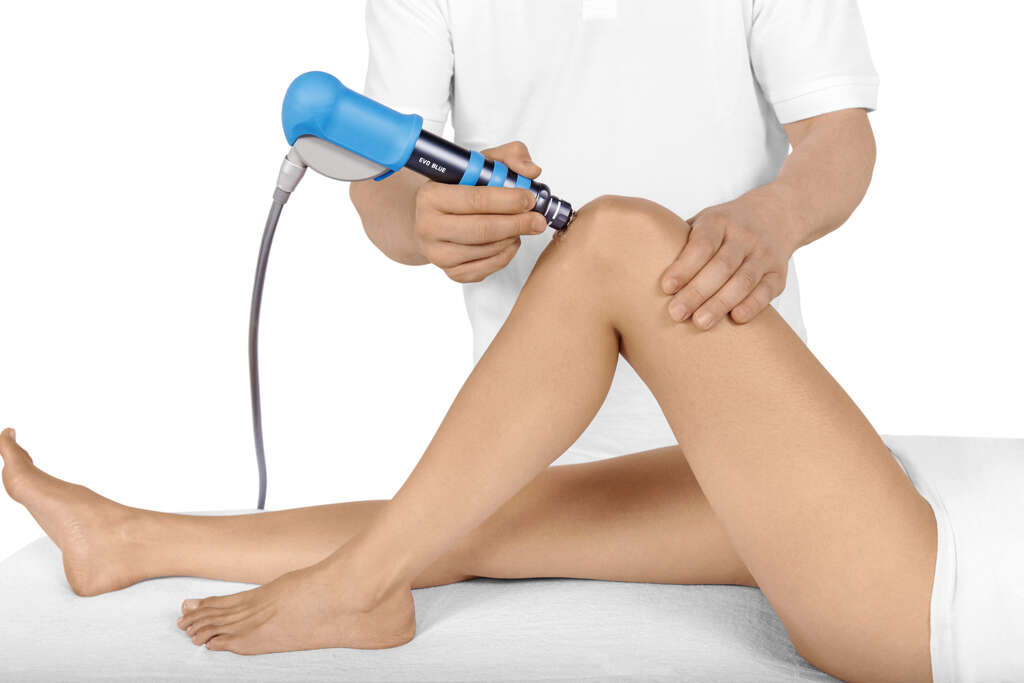
9. Prognosis
Uncontrolled diabetes results in higher rates of complication compared to those with well-controlled diabetes. Repetitive trauma can lead to infection, ulceration, and skin breakdown. If the infection worsens, amputation may be necessary. Untreated infection can lead to sepsis and death.
Treatment of diabetic neuropathy can be difficult for both doctor and patient as there is rarely complete symptom relief. There are many ongoing clinical trials to help find new therapeutic approaches to delay the disease and treat symptoms. Common causes of hospitalization among diabetics in Western countries are lower limb amputation and foot ulceration. Some of the issues that decrease the quality of life in diabetic patients are dizziness, severe pain, impotence, and diarrhea.
10. Patient Education
Patient education involves helping the patients to learn more about diet and nutrition as these are crucial to help prevent complications. A nutritionist can help the patients understand and develop a diet that helps lower blood glucose. Regular exercise is also important.
Individuals with decreased sensation in their extremities due to neuropathy should be educated regarding proper footwear and how to care for their feet. Foot care includes moisturizing, trimming of toenails, and seeking medical care if there is any bacterial or fungal infection. They may also need to pay special attention in extreme weather conditions. For example, those with neuropathy may not be aware of frostbite. Diabetic neuropathy is best prevented by maintaining near normal blood glucose since the start of diabetes. Even those with diabetic neuropathy may experience decreased pain if their blood glucose is controlled. Patients should be referred for eye and renal (kidney) care.










